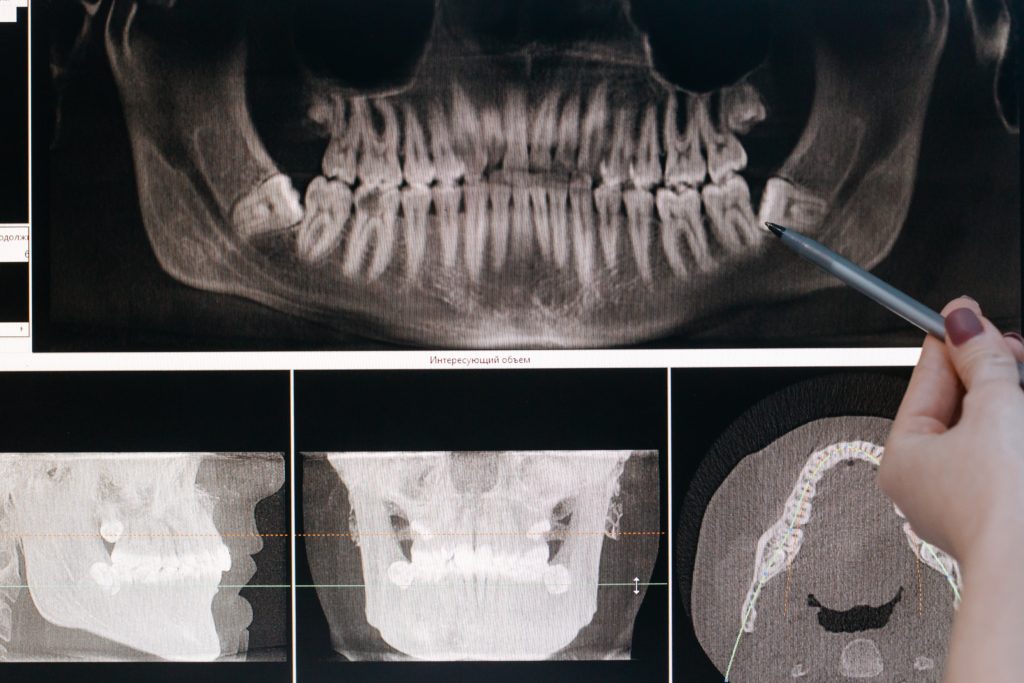
According to a report by the World Health Organization (WHO), over 310 million operations were performed globally in 2012, The figure went up from 226.4 million in the year 2004.
That says a lot about how fast the medical world is evolving and impacting lives on different levels. As we navigate through this century, the feats continue to scale up as intense medical research becomes more advanced.
Despite the level of achievement experienced by the field, it remains undisputed that each operation can improve a person’s life as well as end it unintentionally. There are certain procedures that are quite complex with some never attempted. They perfectly describe just how far surgery has evolved since the first heart transplant. This article lists some of the most complicated medical operations and highlights how to deal with them.
Septal Myectomy
This procedure is a surgery done to unclog congealed muscles situated in the heart. Why is the operation important? There are times when the way you live is not doesn’t sit well with your heart and when you ignore this over time, you end up with congealed heart muscles. It is a symptom of a different form of heart disease that is referred to as hypertrophic cardiomyopathy.
This is now the reason why it’s complicated: the procedure lasts for roughly between three to six hours including convalescence in the intensive care unit. Furthermore, this type of surgery must be performed on a motionless heart.
Hemispherectomy
If you’ve ever seen a 3D picture of the brain, you’d realize that it’s the most complex organ of the human body. It contains countless nerve cells that function as the central command center for both physical and psychological activities.
Having said that, would you have ever thought that removing half of the human brain to perform surgical operations for neurological conditions as possible? Well, it is and that procedure is called hemispherectomy.
Hemispherectomy is essentially a partial or complete removal or detachment of one of the two brain hemispheres. It is a very risky and complicated procedure that can take 12 hours to complete.
Gastric Bypass
Also known as bariatric surgery, this procedure is to help people lose weight through the reduction of the stomach’s size. It is really challenging for medical practitioners since they have to utilize special instruments including the Hernia mesh (they make weight loss surgery safer) considering how difficult it would be to separate the internal organs. In many cases, there is a layer of slippery fat encompassing them. The risk of treating is great as there’s the possibility of complications from anesthesia or high drug dosage that must be conveniently sucked up by the fat. The patients also have a high chance of being infected with pneumonia.
Osteo-odonto-keratoprosthesis (OOKP)
The name alone sounds complicated, how much more the procedure. It involves making use of a tooth to restore the sight of a patient. The procedure has to do with removing a person’s canine/ premolar tooth and any bone surrounding it. The operation utilizes the patient’s tooth since it is very unlikely that the body would reject it. After that, drilling is done on the tooth to create a hole before inserting a plastic lens.
The lens structure is further inserted in the person’s cheek where new blood vessels are grown. The lens-tooth structure is later detached from the cheek and grafted into the eye. Light would now be able to travel through the implanted lens which would restore vision to the patient.
Craniectomy

This is a medical procedure that involves removing a section of the human skull to assess the brain. Just imagine a drilling operation on the skull! The portion that was drilled out is not usually replaced immediately which leaves the brain quite vulnerable to various forms of damage.
If damaged permanently, it can result in loss of vision, inability to move, impaired speech, memory loss, and coordination. One could also have excess fluid build-up in the brain that could lead to stroke, spinal fluid leakage, swelling brain, or seizure. This makes it one of the riskiest and complicated medical operations.
How To Deal With The Complications Associated With Medical Operations
It’s simple – prepare adequately. If you know there’s a medical procedure coming up, plan ahead of time. Make proper findings of who is handling it and where it is being handled. The points listed below would be quite helpful.
- Verify the credibility of healthcare professionals handling your case: What’s their success rate? What has been said about them?
- Make proper findings and verify the facility isn’t just accredited or licensed but has the correct types of equipment in place.
- Schedule a meeting with your lawyer and go over compensations if things do not go as planned. It might also be a time you write your will too.
- Avoid surprise bills: Make sure your health insurance is in proper order before the D-day. It can cause unnecessary delays or complications for you.
It’s important to properly plan before going for any major procedures. Not because you’re frightened but because it’s the right thing to do. The chances of the operation being successful is quite high considering the advancement in technology, but one can never be too safe.
Support Northern Colorado Journalism
Show your support for North Forty News by helping us produce more content. It's a kind and simple gesture that will help us continue to bring more content to you.
BONUS - Donors get a link in their receipt to sign up for our once-per-week instant text messaging alert. Get your e-copy of North Forty News the moment it is released!
Click to Donate
